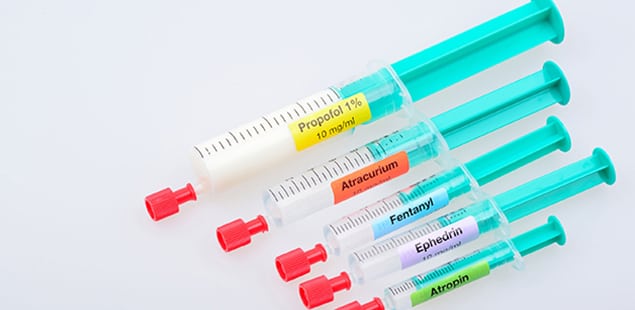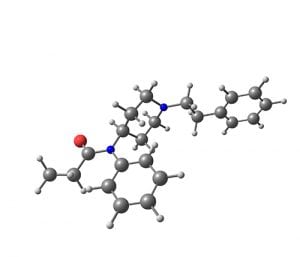
Learn more about Fentanyl and its uses, side effects, and more.
Considered a schedule II controlled substance, fentanyl is an opioid drug 50-100 times stronger than morphine. This powerful pain medication is meant to treat chronic pain or severe discomfort following surgery. It works by:
- Affecting pain receptors in the brain and spinal cord
- Blocking nerve signals to change the perception of pain, similar to how heroin acts
CONTACT US TODAY
Fentanyl is available under the brand names Duragesic, Actiq, Fentora, Abstral, and Onsolis. It’s delivered in the form of transdermal patches, lozenges, buccal tablets, a nasal spray, through an inhaler, or as an IV injection.
Uses
According to the U.S. FDA, fentanyl is meant to be used for the treatment of chronic pain that ranges from moderate to severe. It is recommended for use by patients who have already developed a tolerance to milder opiate medications. Typically, it’s prescribed in the form of a lollipop (Actiq) or a transdermal patch (Duragesic) applied to the skin for patients in constant pain and delivered over a 72-hour period. Fentanyl is sometimes used as an ingredient in general anesthesia for small animals. More common uses include:
- Pain relief from major trauma
- Management of cancer-related pain
- Sedation during minor surgery (IV form)
- Nerve-related pain
Side Effects
Potential side effects can vary depending on how the drug is being delivered and whether or not an individual is also on other medications. Mild side effects may include nausea and vomiting, reduced appetite, drowsiness, fatigue, constipation, general weakness, or headaches. Confusion, dizziness, slurred speech, dangerously low blood pressure, tooth decay, and respiratory issues when used as a lollipop, and skin irritation or swelling at the patch site are some of the severe side effects associated with fentanyl.
Tolerance and Dependence

Withdrawal Symptoms
By the time dependency or tolerance develops, the drug has likely been used or abused for a long period of time. Withdrawal symptoms, which are generally similar regardless of the form of fentanyl that’s consumed or absorbed, usually appear within 12 hours after the last dose. These symptoms may include:
- Periods of excessive sweating followed by chills
- Vomiting and nausea
- Increased heart rate and higher blood pressure
- Muscle pain and general weakness
- Insomnia
- Depression
Fentanyl is a powerful opiate drug that should be used with caution and taken only as directed. If a dependency develops, treatment includes withdrawal from the medication along with any other opiates an individual may be taking. For patients who have a legitimate need for pain relief, safer substitutes may be recommended.


